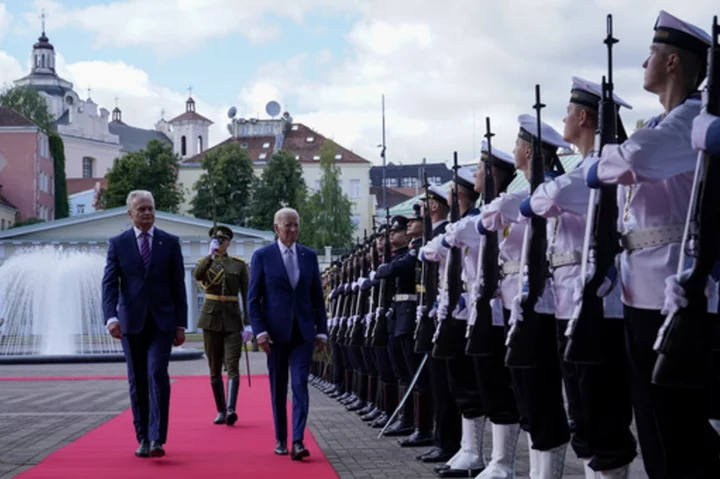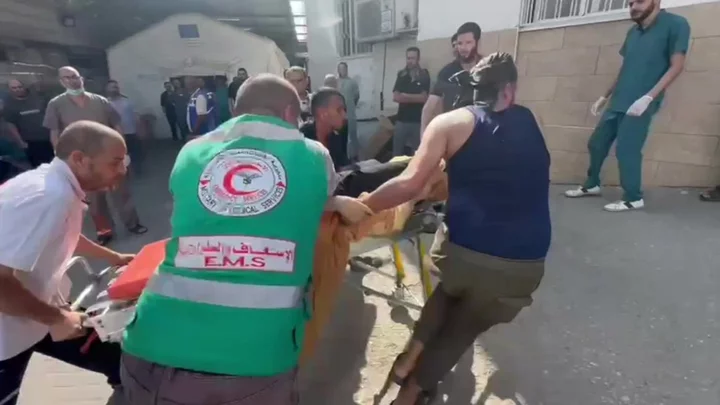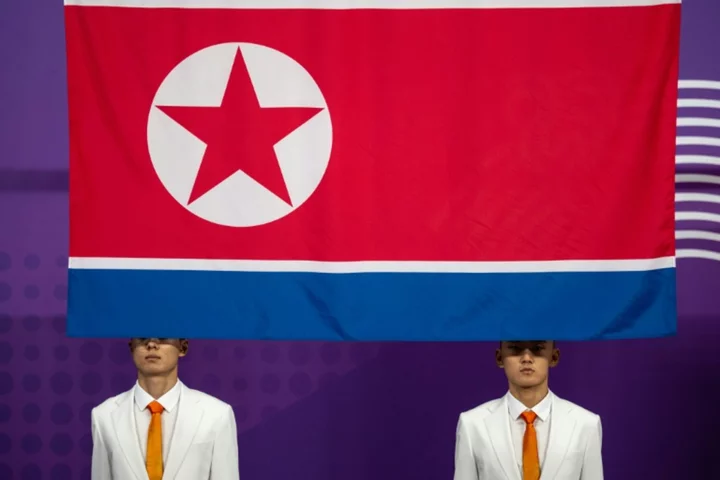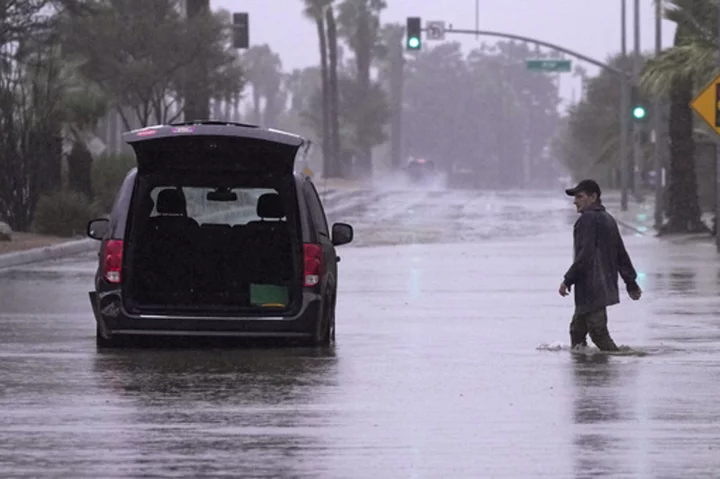VILNIUS, Lithuania (AP) — U.S. President Joe Biden and his NATO counterparts on Tuesday endorsed the biggest shakeup since the Cold War of the way the military alliance would respond to any attack on its territory by Russia.
Inspired in part by Moscow's invasion of Ukraine, the highly-secretive defense plans lay out which of the 31 member countries would be called on to respond an attack anywhere from the Arctic and Baltic Sea regions through the northern Atlantic and south to the Mediterranean and Black Seas.
“Peace in the Euro-Atlantic area has been shattered," the leaders said in a statement, laying out the twin threats posed by Russia and terrorism. “Together, this family of plans will significantly improve our ability and readiness to deter and defend against any threats, including on short or no notice, and ensure timely reinforcement of all Allies.”
The leaders, meeting in Vilnius, Lithuania, “committed to fully resource and regularly exercise these plans to be prepared for high-intensity and multi-domain collective defense.”
Under the new plans, NATO commanders will know more clearly what troops and equipment they would have at their disposal and how long it would take to have them in place, officials said.
The defense blueprint was revamped after Russia’s war on Ukraine challenged NATO’s traditional security calculus.
NATO, as an organization, does not provide weapons or ammunition to Ukraine. It’s sought to avoid being dragged into a wider war with nuclear-armed Russia. At the same time, it is massively reinforcing the security of member countries near Russia, Ukraine and Belarus.
Around 40,000 troops are on standby from Estonia along NATO's eastern flank with Russia and down to Romania on the Black Sea. About 100 aircraft take to the skies in that territory each day, and a total of 27 warships are operating in the Baltic and Mediterranean Seas. Those numbers are set to rise.
Under its new plans, NATO aims to have up to 300,000 troops ready to move to its eastern flank within 30 days. The plans divide its territory into three zones – the high north and Atlantic area, a zone north of the Alps, and another in southern Europe.
The planning was based on the strength of the Russian army before President Vladimir Putin launched the war on Ukraine almost 17 months ago. The war has depleted Russia’s army, but not its navy or air force, top NATO brass say.
NATO’s 31 member countries took part in a “force generation conference” in late June in an effort to understand how many troops and how much equipment the alliance might have at its disposal to respond to any Russian attack, both in the short and longer term.
Senior officers were upbeat about the results, although they declined to provide details for security reasons. Experts and some NATO diplomats, however, have expressed doubt about the willingness of member countries to put a total of 300,000 troops on standby.
One part of the process that has not been streamlined is the need for all 31 allies to approve launching the new plans in case of attack, and at certain points once they’re put into action. Such political decisions, which require consensus, can be time-consuming.
“Political decision makers still retain political control,” a senior U.S. official told reporters in the days leading up to the summit.
NATO’s Supreme Allied Commander, U.S. General Christopher Cavoli, “still has to come back to the NAC to ask for permission,” the official said, referring to the North Atlantic Council, NATO’s chief decision-making body which meets at the level of ambassadors, ministers or national leaders.
“But he might have more authority, once that permission is given, to stage and move forces around in theater,” the official said, on condition of anonymity because the planning documents were still under discussion.









